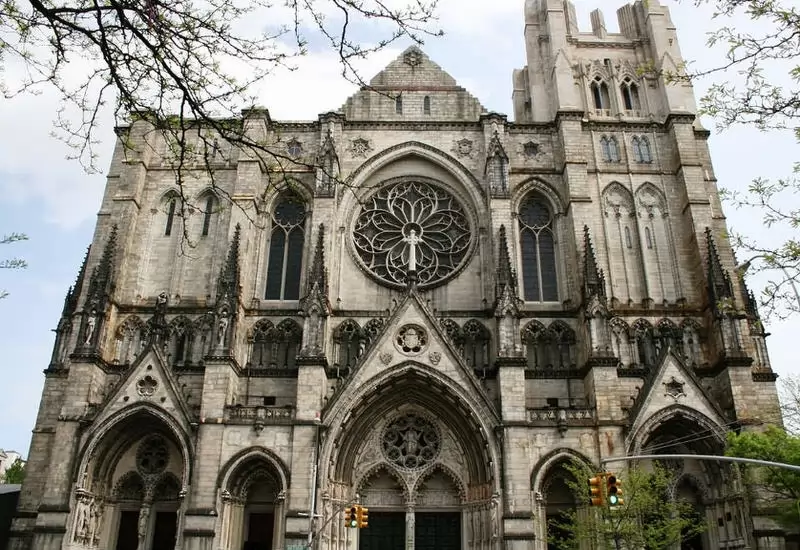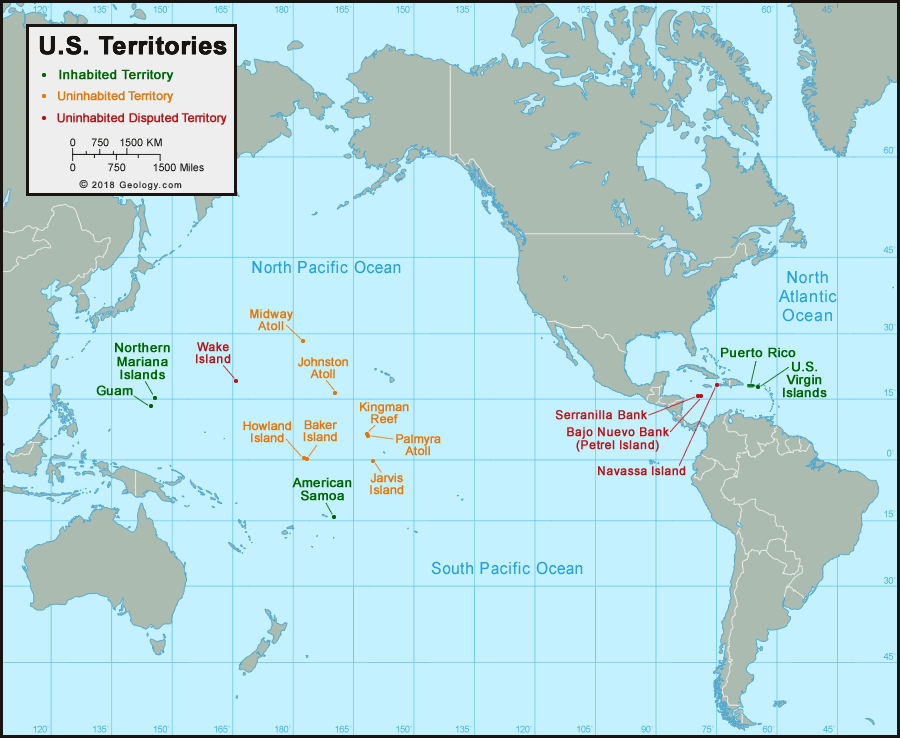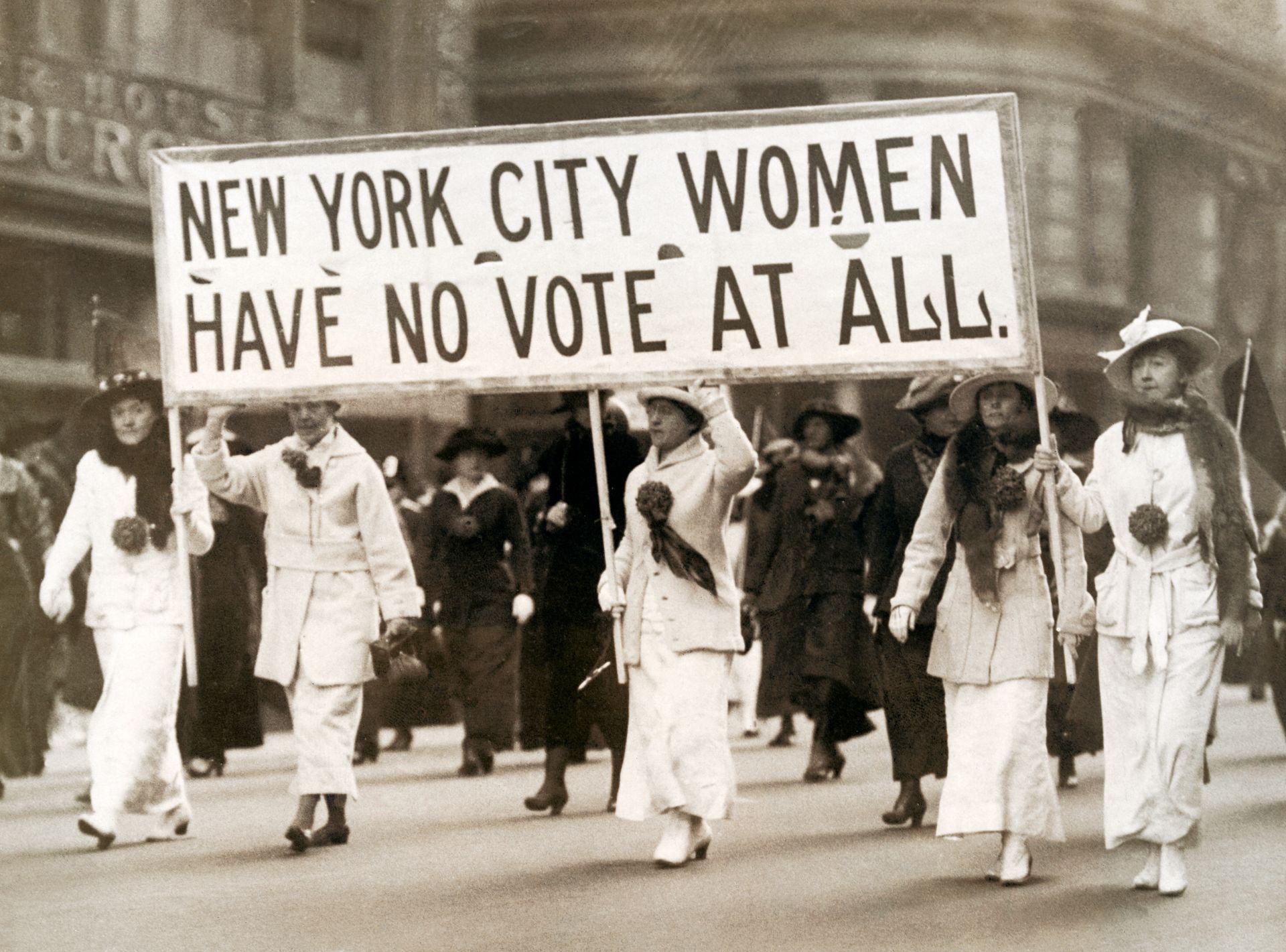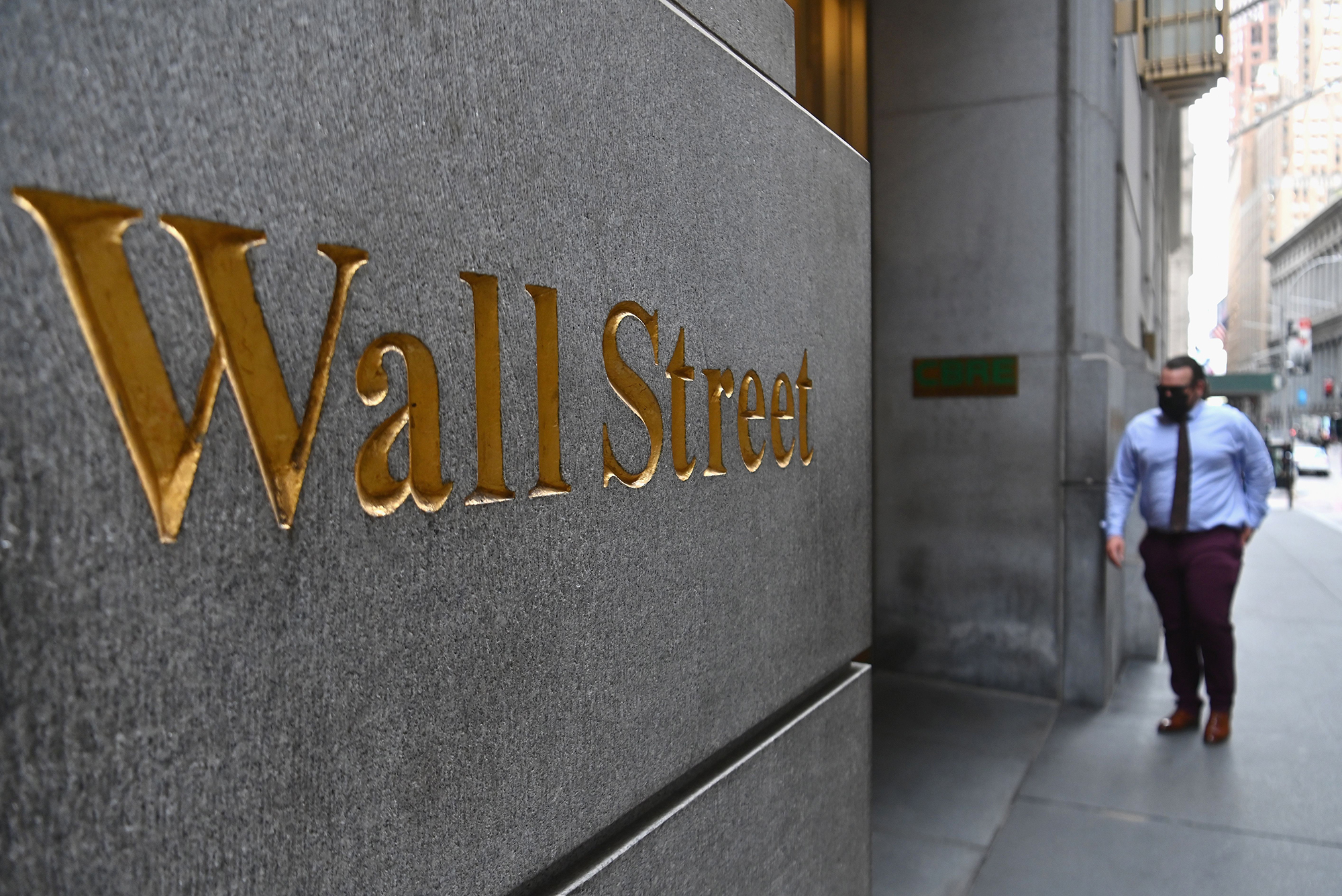 |
| Brown County State Park, Indiana (about 13 miles south of my hometown) |
The name America is named after the guy who figured out that this landmass isn’t Asia, but a whole different place. Amerigo Vespucci was an Italian explorer and navigator from Florence who traveled for both Spain and Portugal. But it wasn’t until the German cartographer Martin Waldseemüller made a map of the area in 1507 and named it America, after Vespucci (why he changed the name, I’m not sure). However, we go by many names: United States of America, United States, US, USA, US of A, or just America. But I take some caution with using America to refer to the country because technically, all of North and South America is considered “America” (just visit any Spanish- and Portuguese-focused polyglot group). And any reference to Columbia (as in the District of Columbia) or Columbus is weird to me since Christopher Columbus never set foot in the US at all. And he was also a jerk.
The US takes up a pretty large portion of North America and consists of 48 contiguous states along with two exclaves: Alaska (located off the northwestern corner of Canada) and Hawaii (an island group in the middle of the Pacific Ocean). We do have five other island groups that make up our territories in the Caribbean (Puerto Rico, United States Virgin Islands) and in the South Pacific (Guam, Northern Mariana Islands, and American Samoa). It borders Canada to the north and Mexico to the south. Because the US spreads out, there is quite a range of climate from tropical climates in Hawaii and our territories to the Arctic climates of northern Alaska.
The earliest people arrived in the Americas via a land bridge from Siberia and other points in Asia. Quite a few Native American tribes developed in pretty much all points in the United States. Christopher Columbus landed in Puerto Rico in 1493, but it wasn’t until 1513 when Ponce de Leon landed in Florida. The French arrived and set up trade posts throughout Northeast, the Midwest and down the Mississippi River to Louisiana, while the British and Dutch settled along the east coast in 13 colonies. Growing tired of not being represented in British parliament even though they were paying taxes, they declared their independence in 1776, and the next five years were spent fighting for it. With the Louisiana Purchase in 1803, the land nearly doubled for the US. Not long afterwards, the US acquired Florida from Spain, and after a war with Mexico, added much of the southwest. And with the first sighting of gold in California in 1848, hundreds of thousands of people made their way west to try their luck at striking it rich. In 1860, 13 states in the south broke away and created the Confederacy over their state’s rights to own other humans/slaves. [I can certainly go into more detail than this, but this is a blog post, not a dissertation. But I highly recommend A People’s History of the United States by Howard Zinn to fill you in.] The US president Abraham Lincoln was assassinated in 1865, and the war ended not long after that. Things didn’t get better for African Americans just because the war was over. Or the Native Americans for that matter, seeing how they were forced to move out west and killed off in the process. The late 1800s brought about urbanization and the industrial revolution along with increased expansion into the west. The 20th century was met with women’s suffrage and labor laws that were established. And then the US entered into WWI, the stock market crashed in 1929, sending the world reeling into the Great Depression, only to be followed by our entrance into WWII with the bombing of Pearl Harbor. After the war, the interstates were created and suburbia thrived; the US entered the Space Race as well as the Cold War. We entered the conflict in Korea and then again in Vietnam. By the 1990s, we were at war in Iraq. In 2001, the World Trade Centers were attacked as well as the Pentagon, and we were back in Iraq again, but this time we invaded Afghanistan too. And in 2008, the US finally elected its first mixed-race president, Barack Obama, who was elected in the midst of the 2008 financial recession. And I don’t even know what happened in 2016 when enough people supposedly elected an
incompetent, racist TV show host to run this place (into the ground).
The capital of the United States is Washington, D.C. The D.C. part stands for District of Columbia. However, it’s not the largest city; that goes to New York (followed by Los Angeles and Chicago). It’s not just a city, but more like a federal district, but it does have its own leadership and is often added into states lists. It’s located right between the states of Virginia and Maryland on the banks of the Potomac River and named for George Washington, the first president. The city is a planned city, charted and created by the French-born architect Pierre L’Enfant. Today, the city is the center of the federal government and has many well-recognized structures and monuments: the Washington Monument, the White House, Lincoln Memorial, Jefferson Memorial, the Mall and Reflecting Pool, Smithsonian Museum system, Capital Building, Library of Congress, and the Kennedy Center for Performing Arts. There are also several famous universities here like Georgetown University, Howard University, and American University among several others.
The United States is one of the world’s richest countries. Its economy makes up almost a quarter of the world’s gross product. Even though the US is the world’s largest importer and second-largest exporter, its workers aren’t guaranteed paid vacation, universal healthcare, paid parental leave, and there’s often a widening income inequality (especially with minorities and women). And many states can fire you at will, for no reason whatsoever. Science and technology make up a large portion of business, including technology in manufacturing, automotive, electronics, and pharmaceuticals.
 |
| Cathedral of Saint John the Divine, New York City |
This country is a religiously diverse country and not a “Christian nation” as some may claim. In fact, Protestants, Catholics, and Mormons only make up about 65% of the population, with the religiously unaffiliated coming in at 26%: the second largest “religion” is actually nothing in particular. There are also smaller followers of Judaism, Buddhism, Hinduism and others.
The United States doesn’t have an official language, but the de facto language spoken here is English, and more specifically, American English with several varieties (New England, Midwest, Appalachian, Southern, West Coast, etc). However, a few states and territories have recognized the significance of indigenous language: South Dakota (Sioux), Hawaii (Hawaiian), Alaska (there’s like 20 indigenous languages), Guam (Chamorro), Puerto Rico (Spanish), American Samoa (Samoan), and Northern Mariana Islands (both Carolinian and Chamorro). Spanish is the second-most spoken language in the US, followed by Chinese, Tagalog, Vietnamese, French, Korean, and German. As a polyglot myself (or aspiring, depending on how I feel about my abilities), I’m embarrassed that only 18-20% of Americans are bilingual (compared with nearly 56% of Europeans).
 |
| Yosemite National Park |
I might be critical of my country, but there is plenty that is great, too. I am constantly in awe at some of the natural beauty found all over this country. There are 12 areas that are on the UNESCO’S World Heritage Sites list and 62 national parks. But there are also many other national monuments, historical parks, preserves, national rivers, memorials, seashores, lake shores, etc, totaling 421 of these protected areas. I do complain at times, but I always think of the first few minutes of the HBO show The Newsroom, which is one of my favorite scenes of all time. It is truly masterful writing.
Up next: art and literature





No comments:
Post a Comment